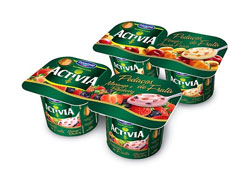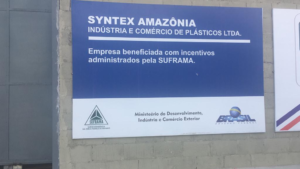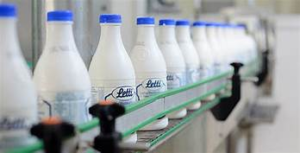PLA – Polylatic Acid

PLA is a thermoplastic polyester made of lactic acid (organic compound of mixed function – carboxylic acid and alcohol) from renewable sources (corn, cassava, beet and cane sugar can be raw materials) and, therefore, is biodegradable, compostable, recyclable (since other PLA waste or in a ratio of up to 1% of PLA blended with conventional resins), and can be incinerated. The processes for obtaining the PLA change with the manufacturer, as discussed below.
The plastic made from PLA can replace normal plastic films for the production of plastic tubes, plastic bags, packaging for cosmetics, food packaging, cups, trays, dishes, cutlery, caps, pens, vials and bottles, among the usual products and gifts in our daily lives.



The main advantages of the material: it is biodegradable, compostable, from a renewable source (corn, cassava, beet, etc.). Can be recycled (since recycling t occurs with 100% PLA plastic or in a proportion of up to 1% with PLA and 99% of conventional resins), and its biodegradability is proven by American standards (ASTM D-6400) and European (AT-13432), which assumes that the material undergoes degradation by up to 180 days in composting conditions (temperature, humidity, light and controlled micro organisms). However, there are problems. This material biodegrades correctly only in composting plants, where there are appropriate conditions of light, humidity, temperature, and the correct amount of micro organisms. This is not the reality in Brazil, since most of the garbage ends up stopping in dumps and landfills. In these places, there is no guarantee that the material biodegrades in its entirety. Additionally the conditions offered by dumps and landfills provide an anaerobic biodegradation, so that there is release of methane (instead of CO2 generated during the aerobic biodegradation), a gas that contributes about 20 times more to the greenhouse effect compared with CO2, according to recent studies.
Another important issue is the use of edible raw materials and the effects of this on a scenario of potential global food shortages. The large-scale production would imply greater acreage, higher consumption of water, fertilizers and other inputs. Another factor to be noted, was the possible use of transgenic (or genetically modified) in the production of plastic PLA.




